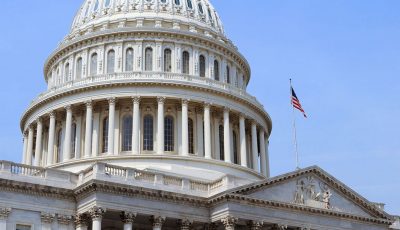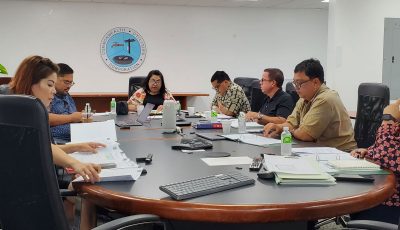CUC’s $150 credit came from $1.5M balance from previous voucher program
The Commonwealth Utilities Corp.’s $150 credit for its residential electric accounts in July came from the remaining $1.5 million balance in American Rescue Plan Act funding that the government gave to CUC for the previous voucher program.
Speaking at the Saipan and Northern Islands Legislative Delegation Judiciary and Governmental Operations Committee meeting in the House of Representatives chamber yesterday, CUC chief of administration Betty G. Terlaje said they received from the government a check for $7.5 million for the first distribution last January when the CNMI government gave $500 credit for all active electric customers.
Terlaje said the total distribution for the $500 voucher was $6 million and the remaining $1.5 million was re-allocated to the $150 credit for each residential account.
Customers can expect to see the $150 credit in this month’s CUC billings. Last June, CUC announced that they have been permitted to reallocate funds granted to CUC by the Governor’s Office to provide short term relief to the current Fuel Adjustment Charge crisis.
CUC said all active residential accounts will be credited $150 for the month of July.
At yesterday’s SNILD JGO meeting, Rep. Christina E. Sablan (D-Saipan) asked CUC executive director Gary P. Camacho what impact the $150 credit has had in terms of alleviating the burden on CUC residential customers. Camacho said he does not know how to answer that other than to say that residential customers would pay $150 less.
SNILD JGO Committee chair Sen. Edith E. DeLeon Guerrero (D-Saipan) pointed out that on Jan. 13, 2022, it was published that 12,682 electric accounts have received a credit of $500 each, which totals $6 million. DeLeon Guerrero asked whether CUC did receive only $6 million or the entire $7.5 million of ARPA funds for those $500 vouchers.
“If $7.5 million was received, what was done to the remaining $1.5 million? Will it fund the $150 voucher set to come out in July 2022?” the senator asked.
Terlaje agreed that DeLeon Guerrero’s assumption is correct.
Sablan then asked for updates on how many customers have been disconnected since the rates, or the Fuel Adjustment Charge, went up in May and June. Terlaje said she does not have the number that day as disconnections occur daily.
Terlaje said customers were allowed to use local stimulus funds for their reconnection fees and deposits or whatever they needed to get their power back.
“So I think we have a slight increase in the account of customers as opposed to disconnections,” she said.
Sablan urged CUC to explain the FAC in layman’s term as many people don’t understand its computation.




























